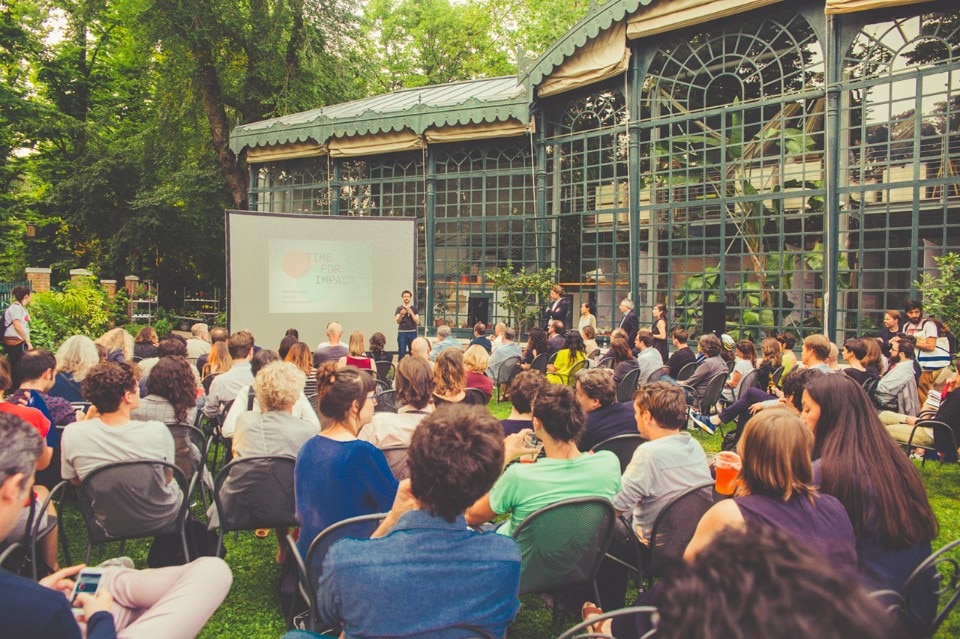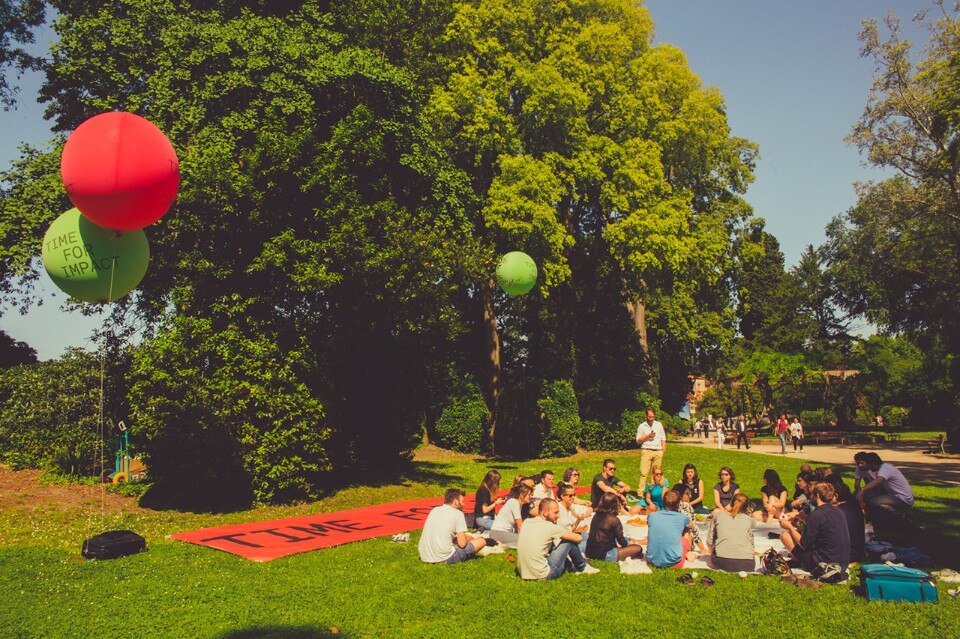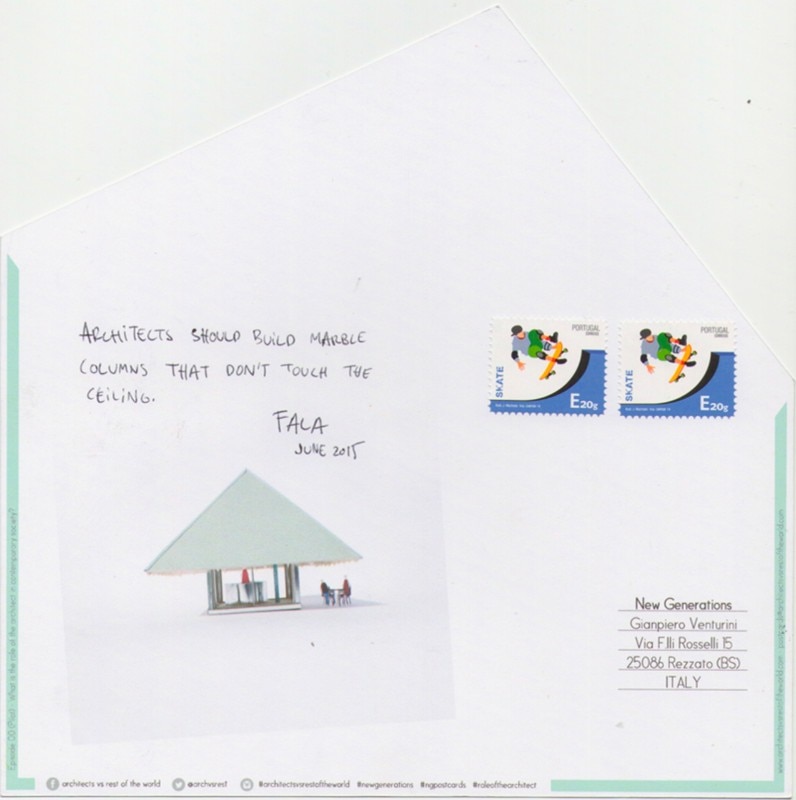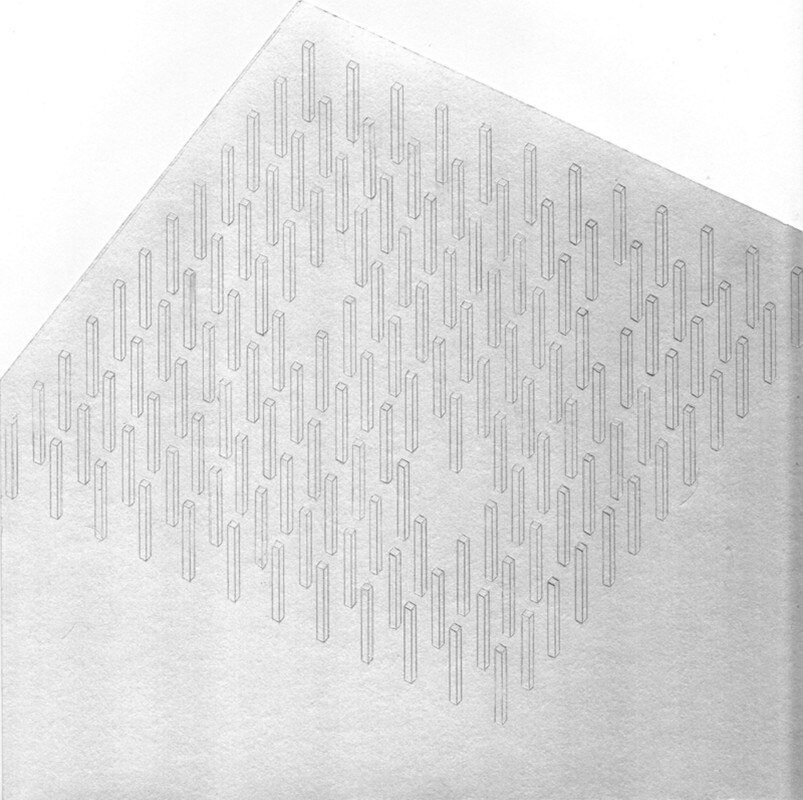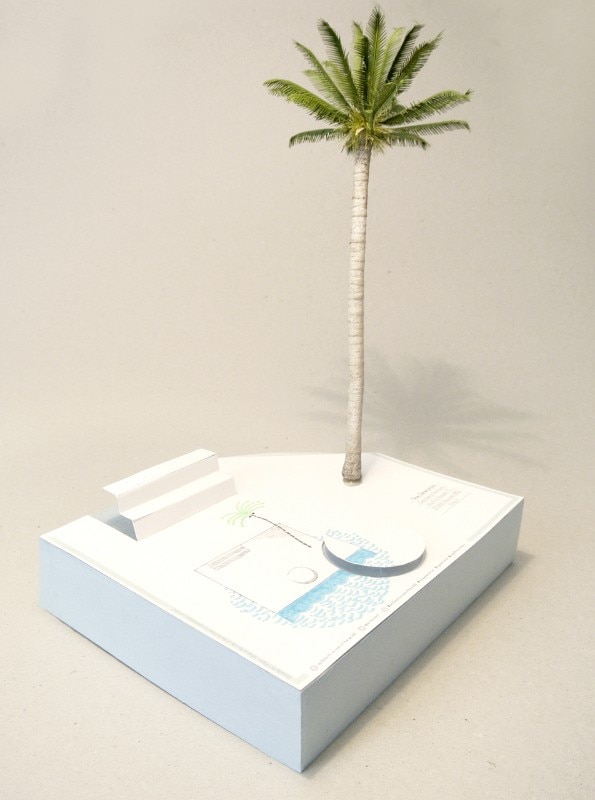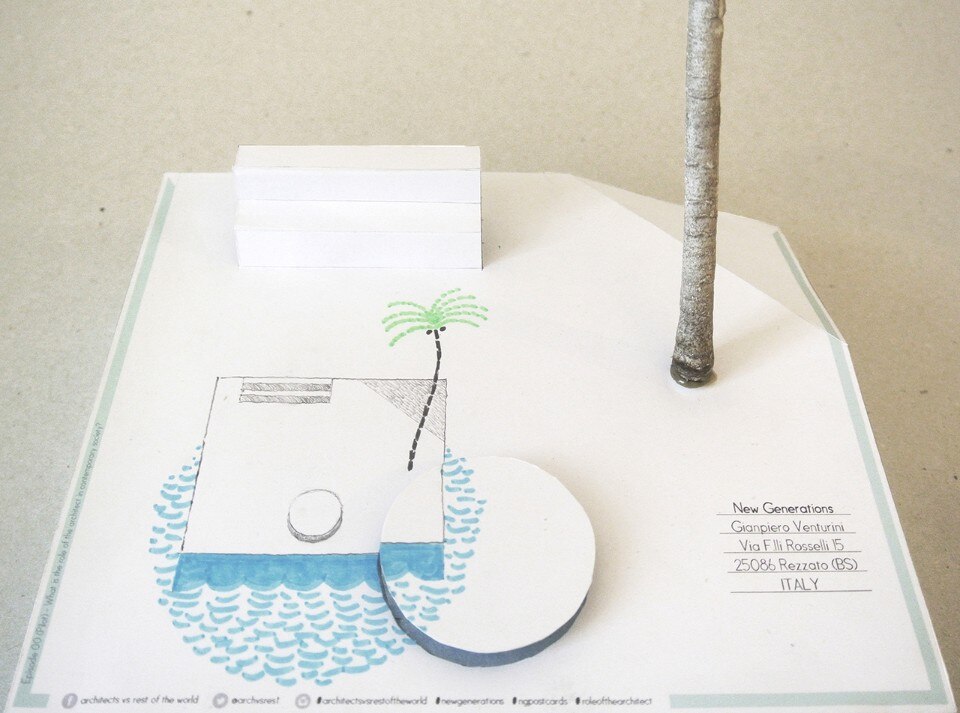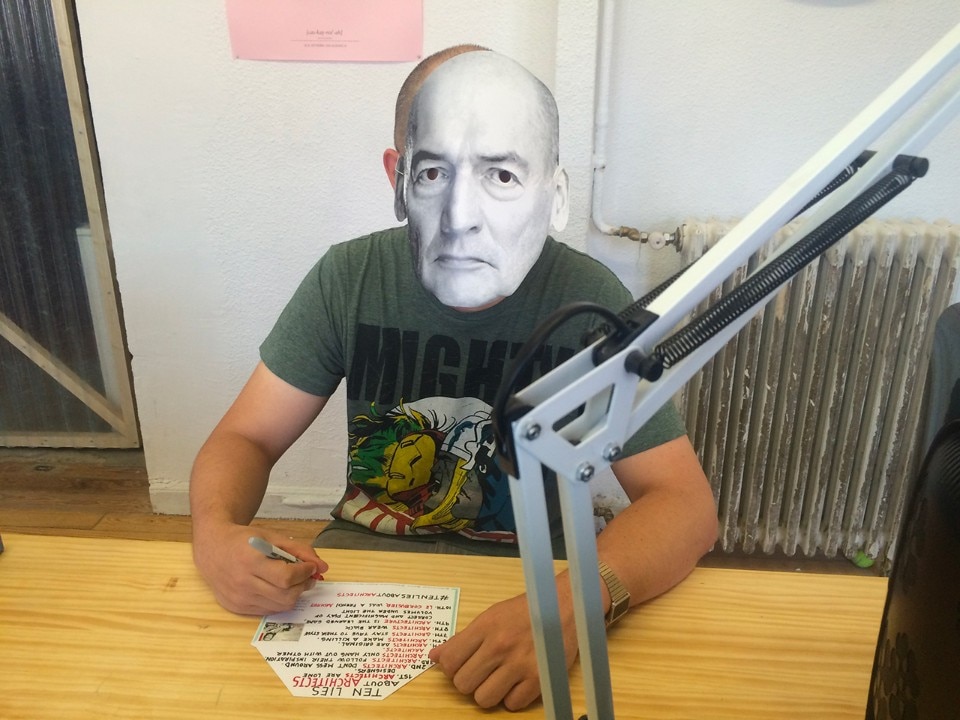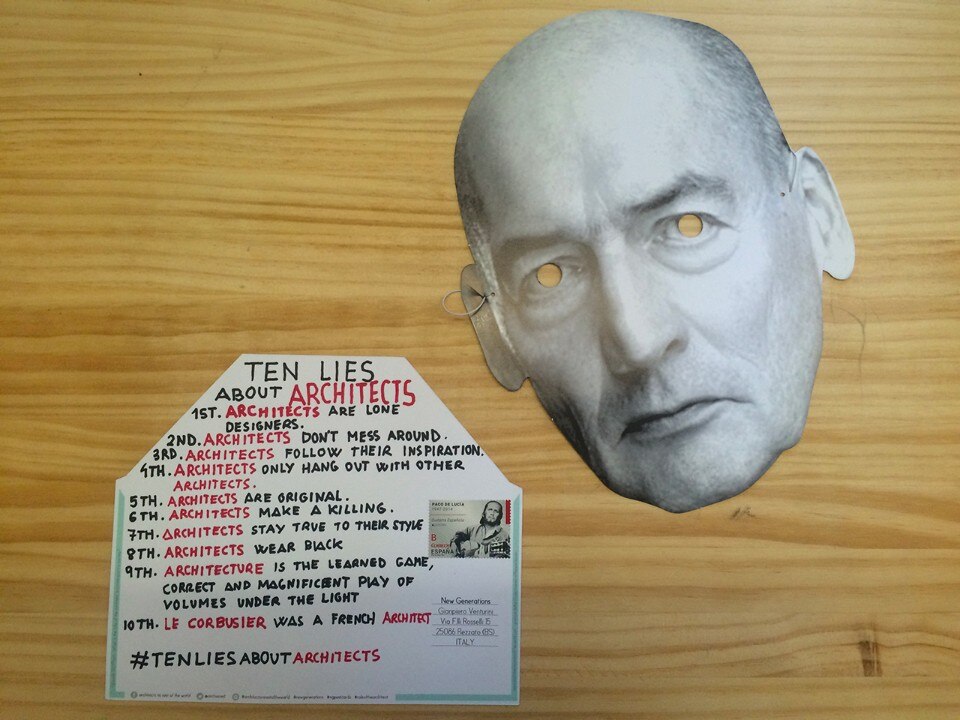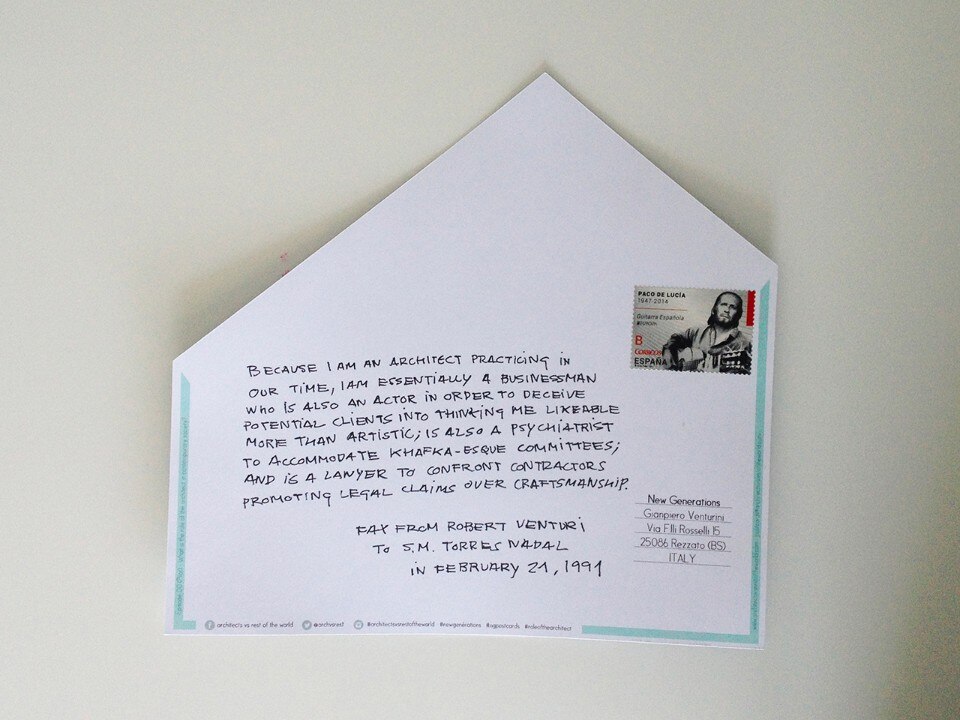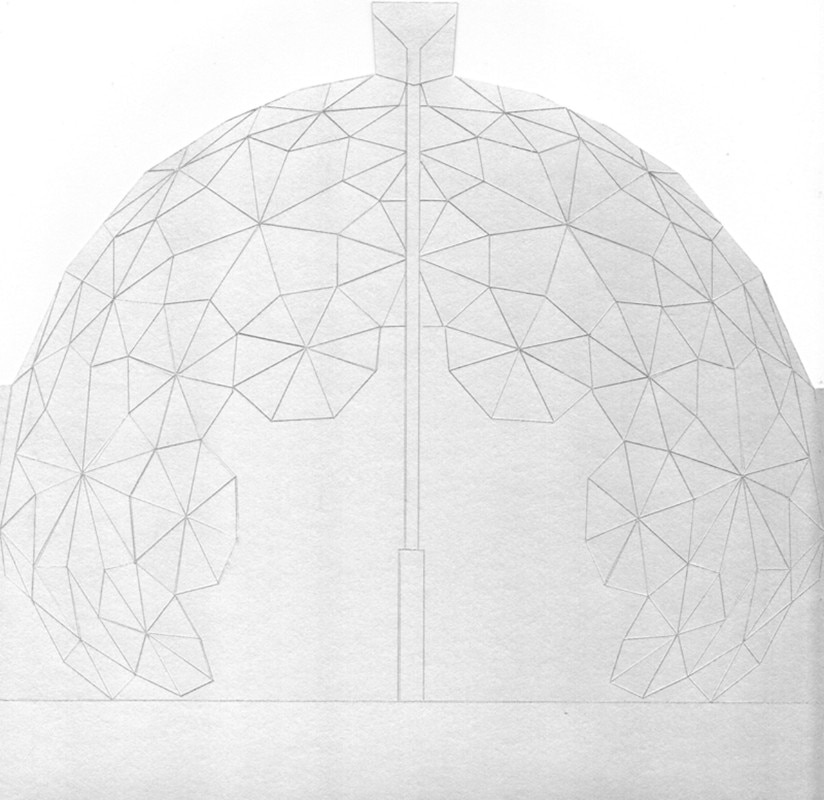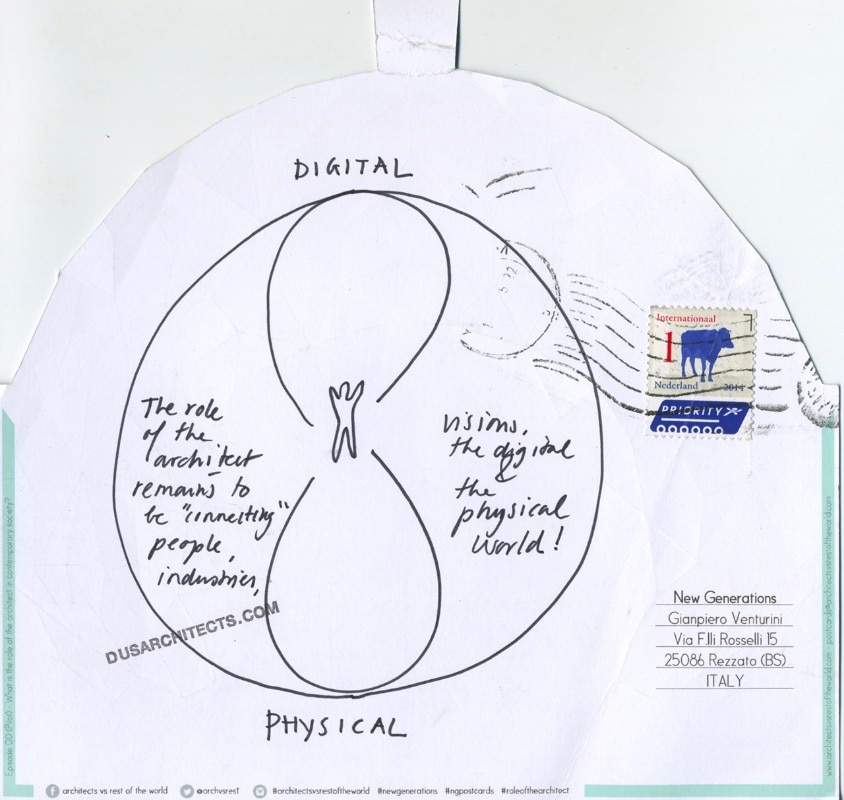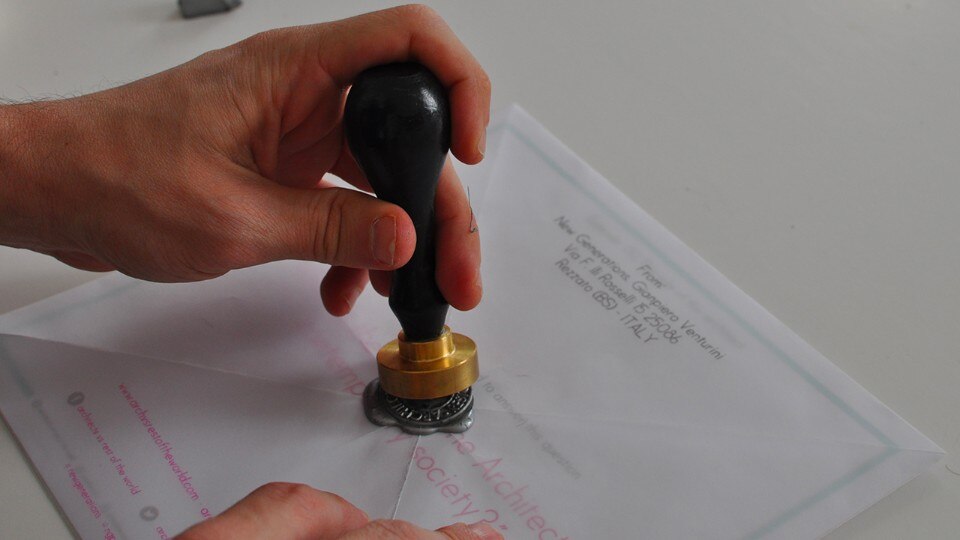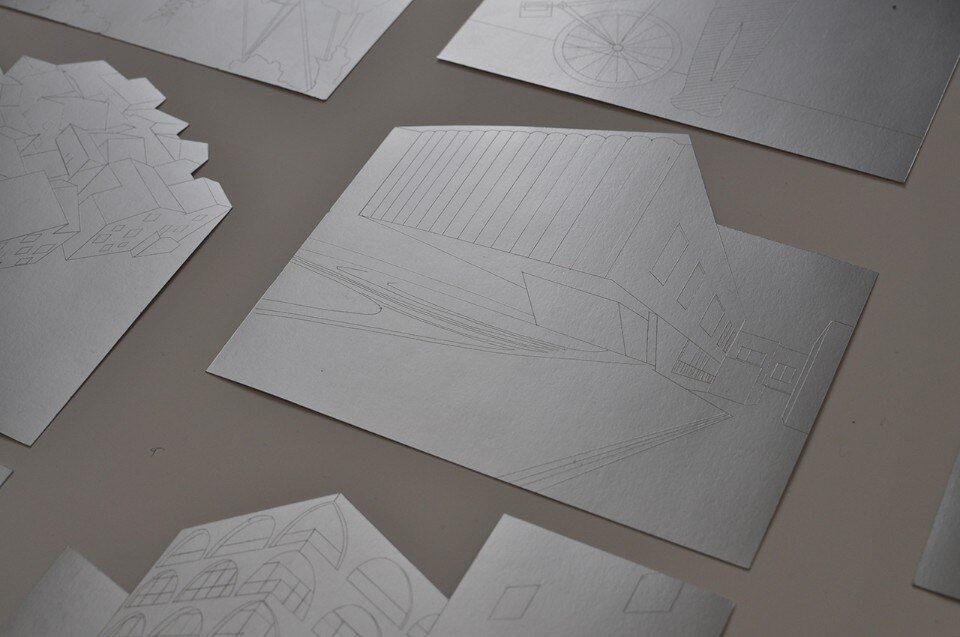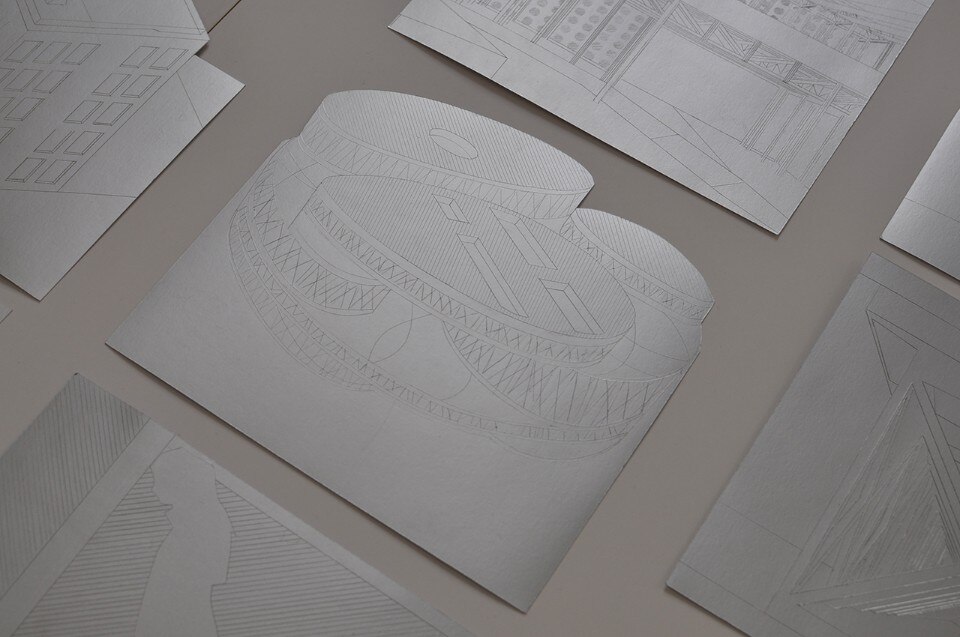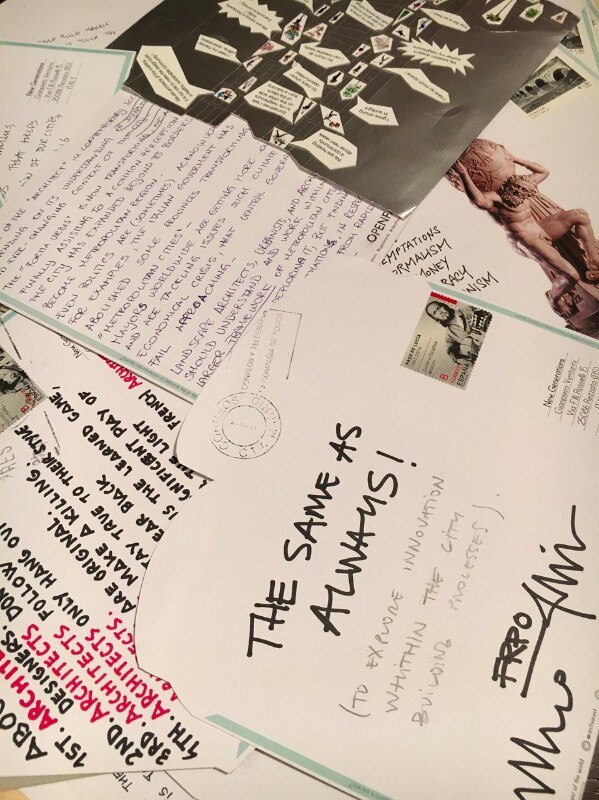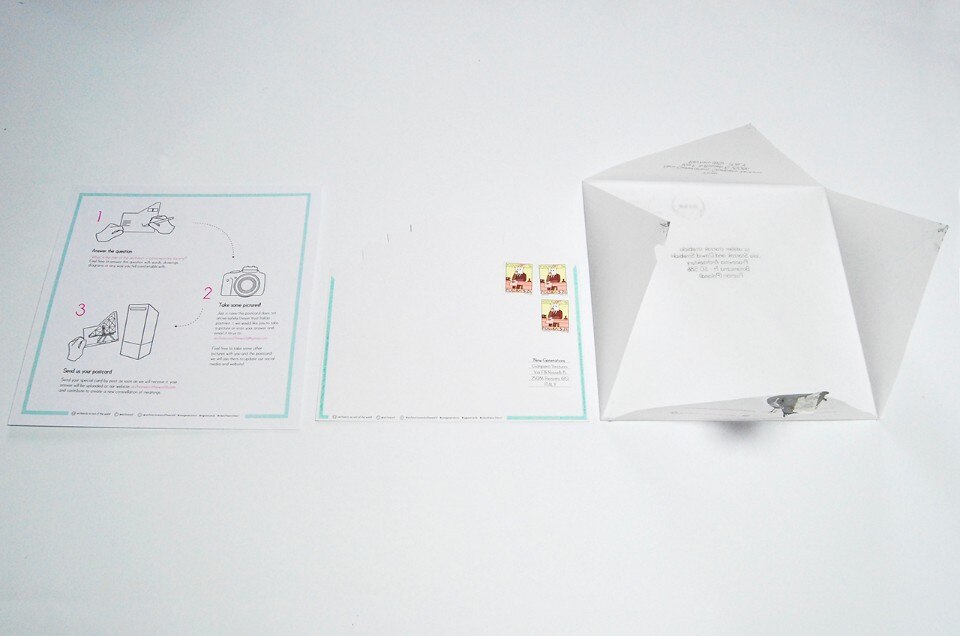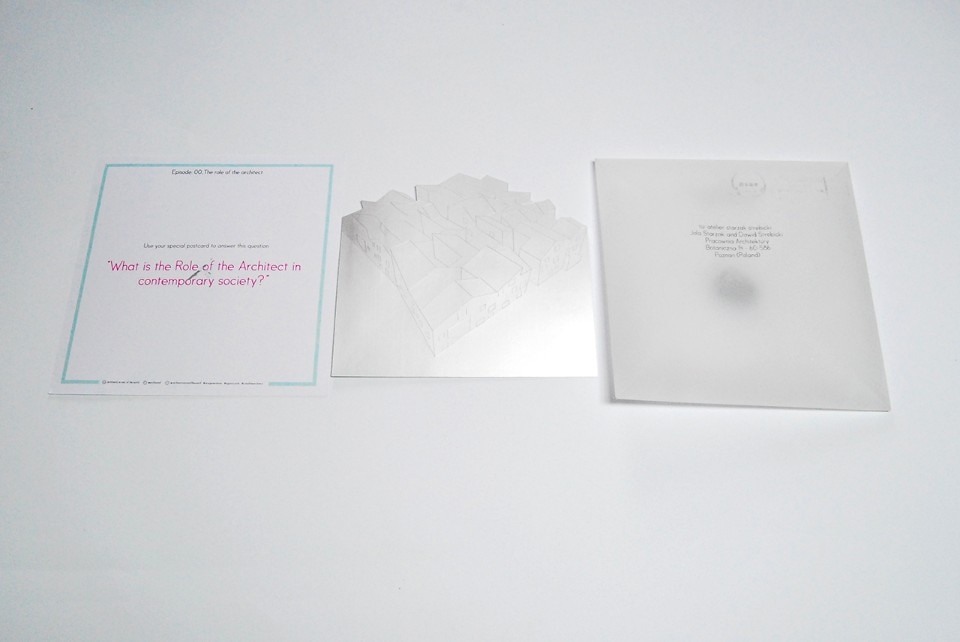How is the series of video interviews related to other projects by your Itinerant Office studio and to the New Generations Festival?
Itinerant Office is an attempt to understand the changes that have taken place in the profession of architect since the economic crisis, but also all the other aspects – social, political and technological – that characterise the contemporary world. From the early stages of the work, a need emerged to define changing research fields and formats, which are translated into online platforms, videos, workshops, debates and events. The New Generations platform creates a dialogue with the generation closest to me. It developed out of Itinerant Office, and was the first of many projects to become independent. Itinerant Office and New Generations interact – the research from one supports the other. The “Past, Present, Future” series represents this double interpretative key. In fact, it started as part of the work for New Generations, and then became a standalone project. I’m intrigued too by anyone who’s managed to forge a successful path by defining themes and anticipating trends. As in “New Generations”, they started from nothing too, many years ago. All the interviews were broken down into three sections, each offering a wide range of points for reflection, aimed at a broad audience.
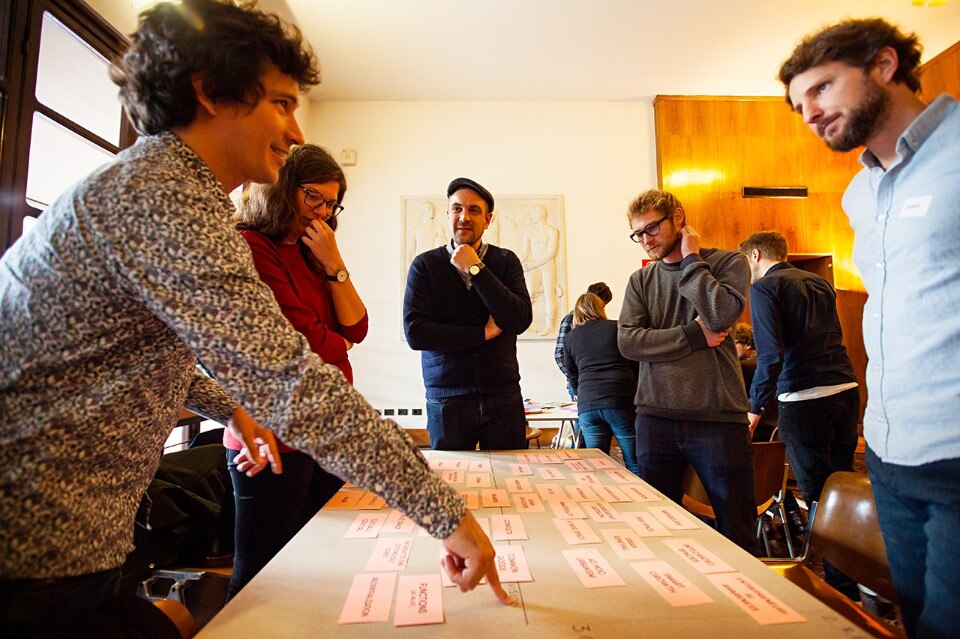
 View gallery
View gallery

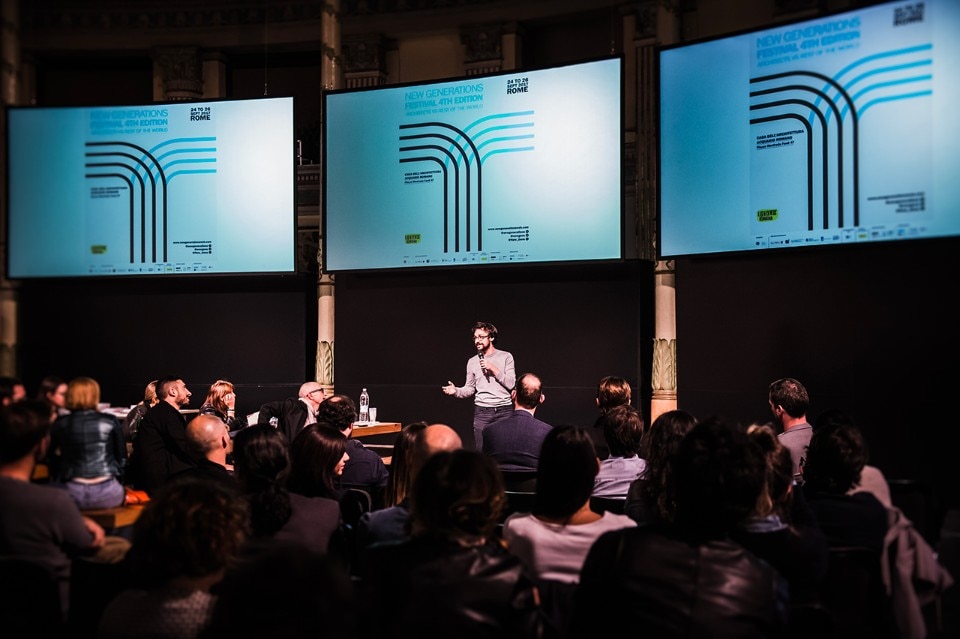
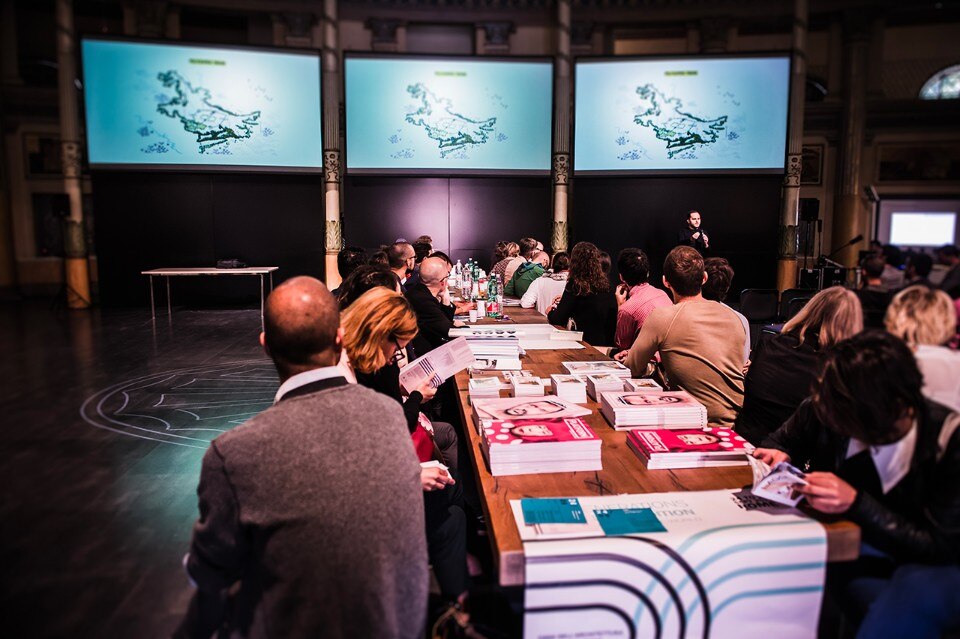
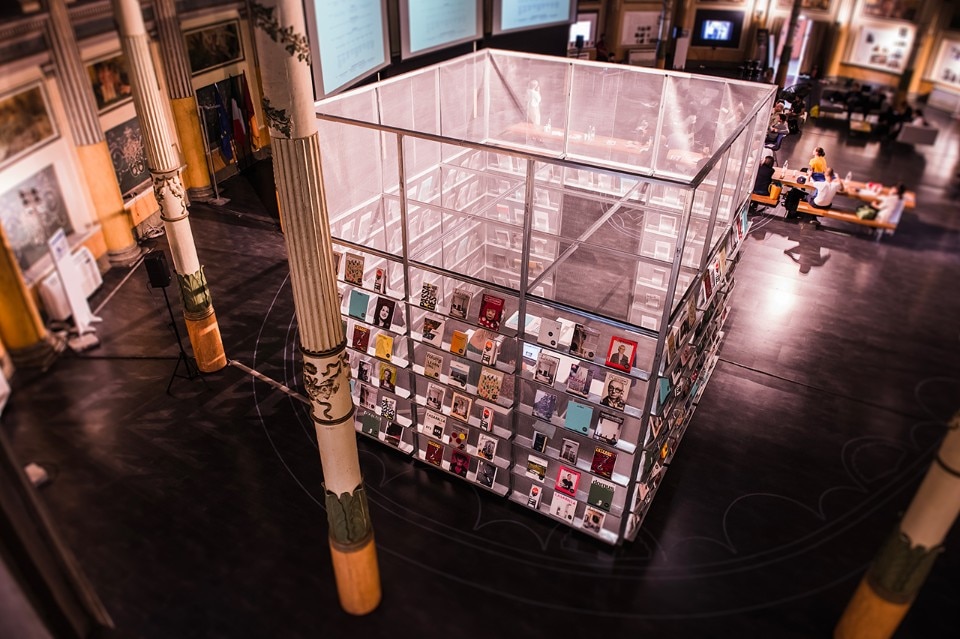
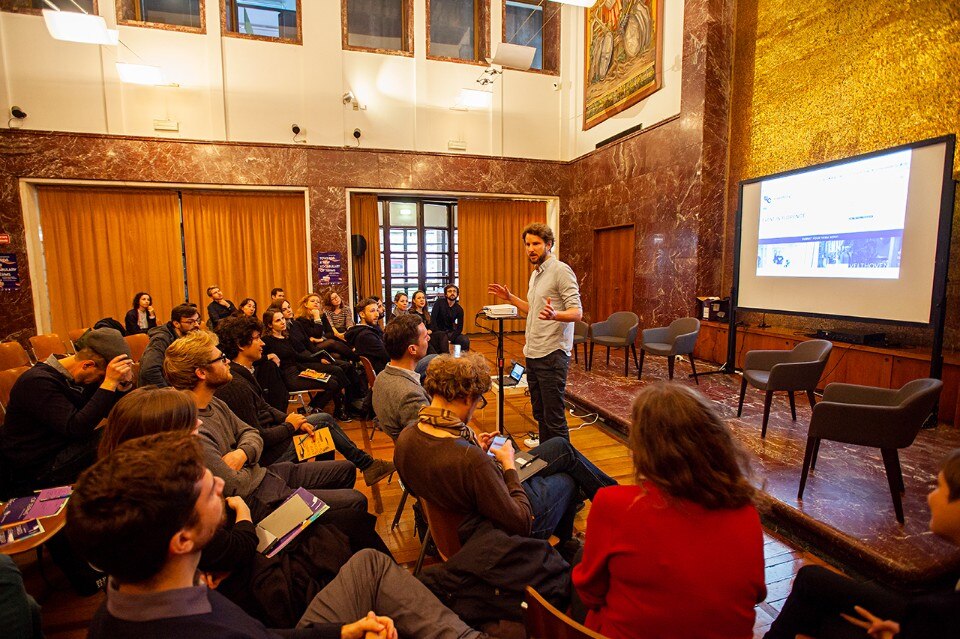
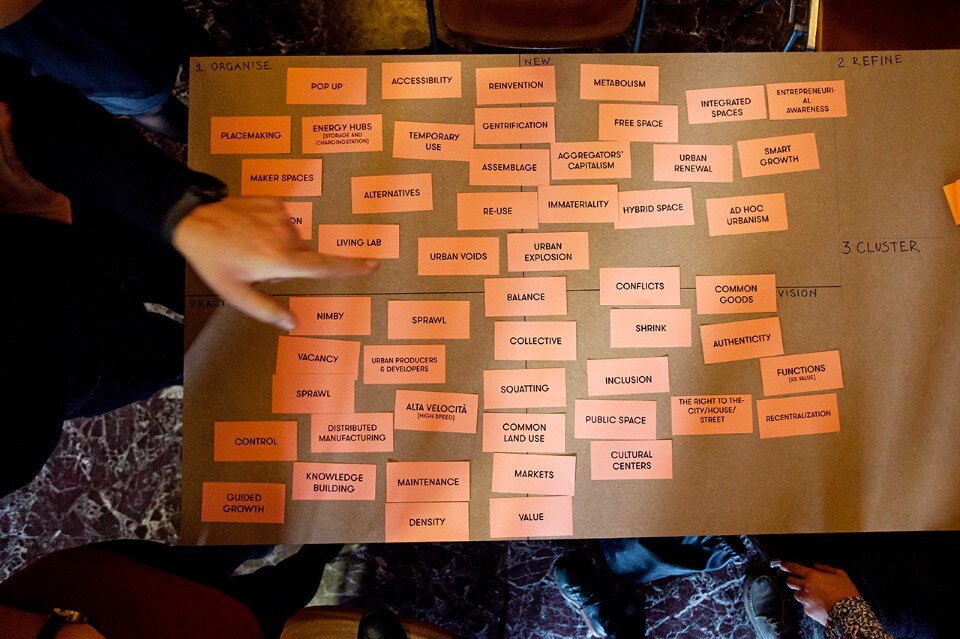
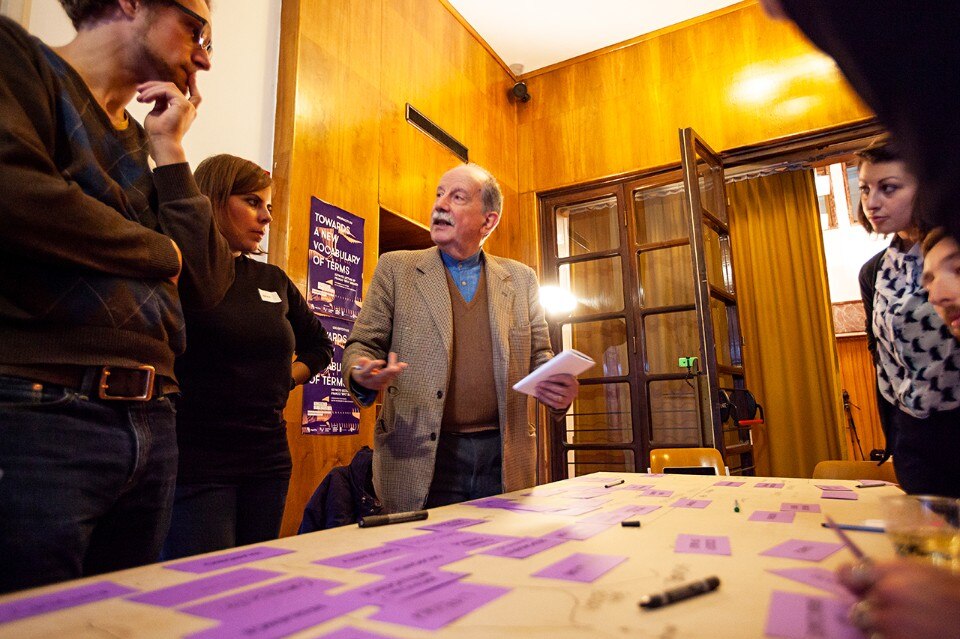
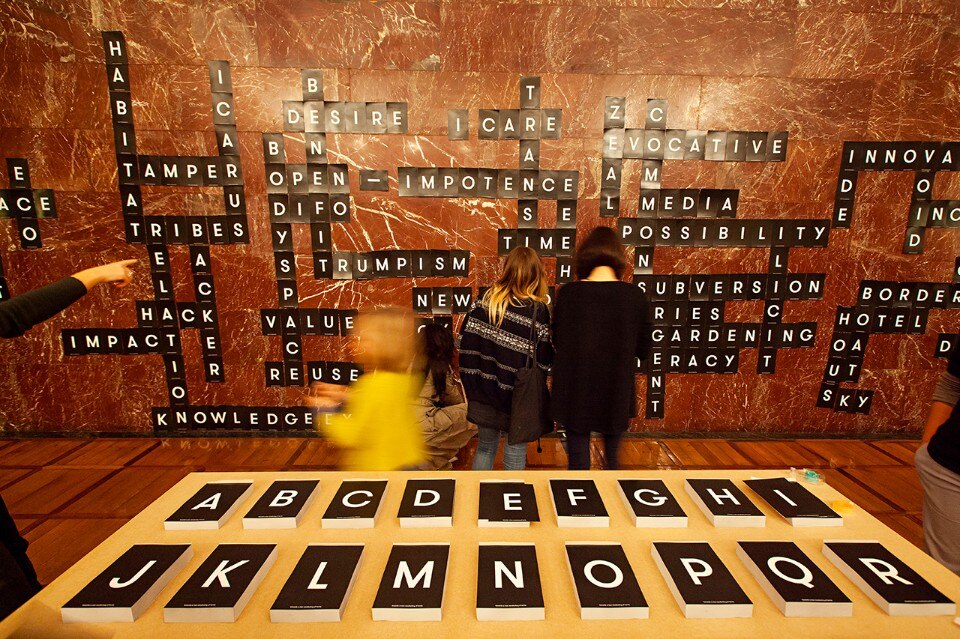





Take us behind the scenes – do you have any anecdotes about your studio visits? Which designer impressed you the most? Were any moments particularly significant for you?
Past, Present, Future is one of those projects that’s typical of the life of the independent curator. It’s one call after another, there’s very little time for the organisational side, you travel between five cities – including Amsterdam, Rotterdam and Delft – then spend a couple of weeks in Italy, shuttling between Milan, Venice, Bologna and Florence, and have a huge amount of post-production work to do. I’d find it difficult to choose my favourite interviewee. Kees Christiaanse surprised me the most. He’s one of the less media-oriented but he’s able to express complex ideas in very simple words. Cino Zucchi was without a doubt the nicest, with a studio packed with rare collectible gadgets, including a series of superhero masks, which are worn backstage.
Almost all the interviewees who took part in ‘Past, Present, Future’ gave a piece of advice that could almost be a platitude: ‘Be curious, stay open minded, travel as much as you can’.
Why is your project “itinerant”? What are the advantages and disadvantages?
Almost all the interviewees who took part in “Past, Present, Future” – from Stefano Boeri to Kees Christiaanse, Francine Houben, Cino Zucchi and Nanne de Ru – gave a piece of advice that could almost be a platitude: “Be curious, stay open minded, travel as much as you can.” In its simplicity, it’s one of the principles on which all my research is based, even before it becomes an actual work. Since 2004 I’ve lived abroad. After an Erasmus year in Lisbon and a final university year in Brazil, I did a postgraduate course in Madrid, and I gained work experience in Amsterdam, Tokyo and Barcelona. I’ve followed this path, living and working between London, Milan, Rotterdam and Madrid, a city I’ve just returned to – though I don’t know how long I’ll be staying. There are pros and cons: never settling in one place opens up infinite possibilities, professionally and personally. That’s a great advantage, but I think you have to be predisposed to this way of living, since there are many disadvantages to it too.
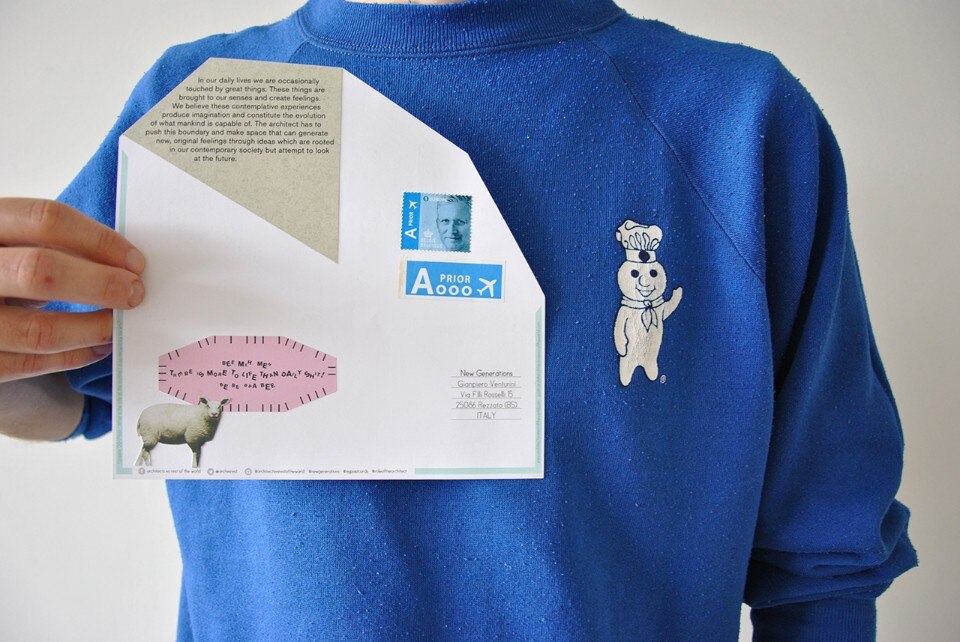
 View gallery
View gallery
The New Generation Festival is perhaps the only one in the field of architecture to have been organised by an independent curator and not an institution. Could you tell us about the “dirty work” of networking you do?
Anyone who develops projects without finding the recipe to making them economically sustainable does it simply because he has financial resources to invest. I’ve always been constrained, of necessity, to define attainable objectives based on simple sustainability criteria. Finding a sponsor, taking part in a call for bids, writing a project synopsis that can convince a public or private client to finance your ideas: these are all unavoidable aspects of the job and I’m always looking to perfect them. The Dutch taught me how important it is to “be your own client” and develop your own ideas, finding the financial resources to “get to the end of the month” – that’s common practice in the art world, less so in architecture. I think that ours is a job just like any other. But if an architect works twice as long to earn half the average wage, perhaps the time’s arrived to come down off the pedestal we’ve constructed and stop saying we’re better and more interesting than other people.
Tell us about your current and future projects.
I’ve recently moved to Madrid, where I’ve started a collaboration with CityLab at IED. We’re working on a new format for taking New Generations abroad. At the same time, I’m working on an exhibition based on the results of “Past, Present, Future”, to be opened in April as part of CANactions, an architecture festival in Kiev. The interview project will continue with a new section, on great architects, who I’ll be meeting in the coming months. Last, we’ll shortly be publishing a series of video interviews online – these are made up of a selection of the participants from the latest New Generations Festival.


